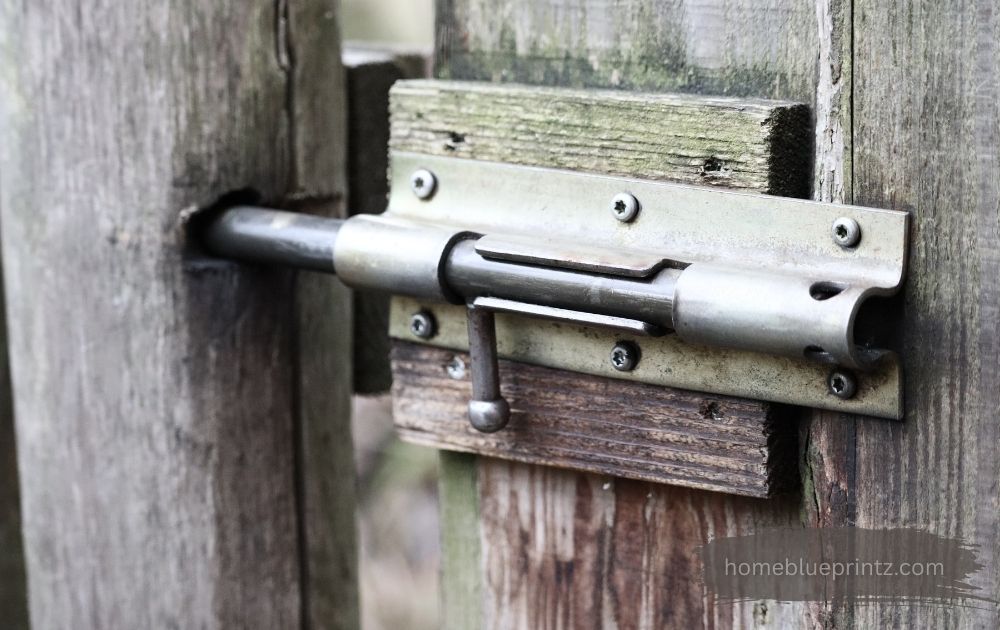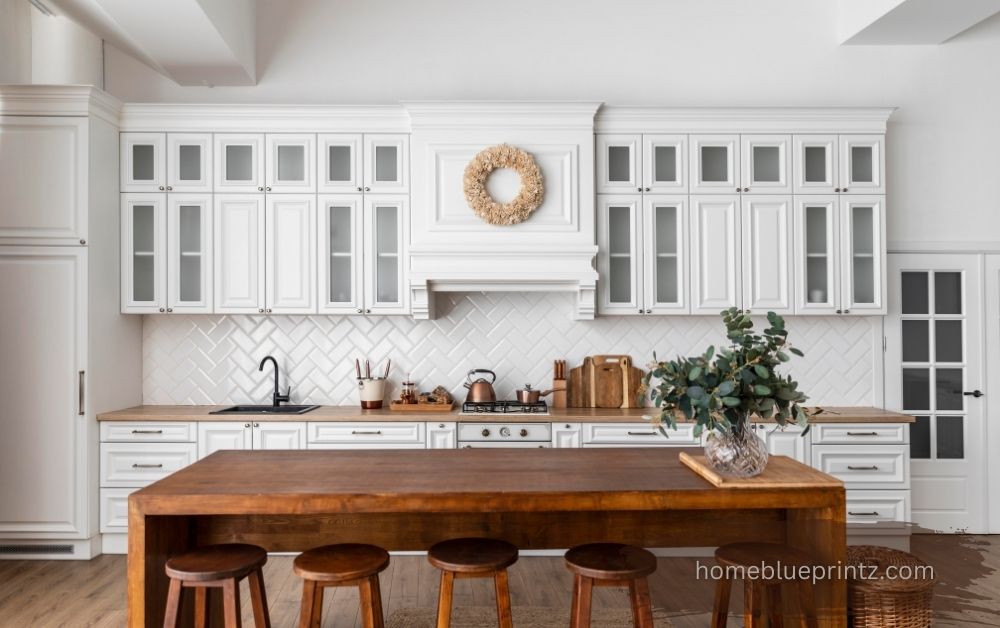Garden Shed Colours: Ideas to Transform Your Outdoor Space
A garden shed is more than just a place to store tools, it’s part of…
Bed Panel Wall: The Perfect Blend of Comfort and Style
A bed panel wall is more than just decoration, it’s a statement piece that transforms…
Building Plan for Three Bedroom House: A Complete Guide
Designing your dream home starts with the right plan, and a building plan for a…
Door Handle Height: A Complete Guide
Have you ever reached for a door handle and felt it was either too high…
Traditional Mexican Interior Design: A Complete Guide
Mexican interior design is like a warm embrace, it’s colorful, lively, and deeply rooted in…
Modern Victorian House: Blending Classic Elegance with Contemporary Comfort
The Victorian era left us with some of the most enchanting architectural styles in history.…
Tiled in Bath: A Complete Guide to Stylish and Practical Bathroom Design
A bathroom is more than just a functional space, it’s a sanctuary where we begin…
The Beauty of Grey Kitchen Backsplash: A Modern Touch for Every Home
When it comes to designing a kitchen, the backsplash plays a crucial role in tying…
Chiselwood Kitchens: Timeless Craftsmanship for Modern Homes
A kitchen is the heart of every home, and Chiselwood kitchens are designed to make…









